There is no apparent reason to deviate from the definition of Digital Entity as specified in Recommendation ITU-T X.1255 (9/2013). It is important to adopt neutral terminology in order to avoid confusion in practice. In addition to “block,” there have been many different words, such as “container,” “cryptolope,” “package” or more generally “digital object,” that have been used over the last two decades to identify the concept of a logical entity or data structure that may embody digital information subject to various rights or interests, or in which there is value, that, when processed, may manifest this information incorporated in this form of expression.

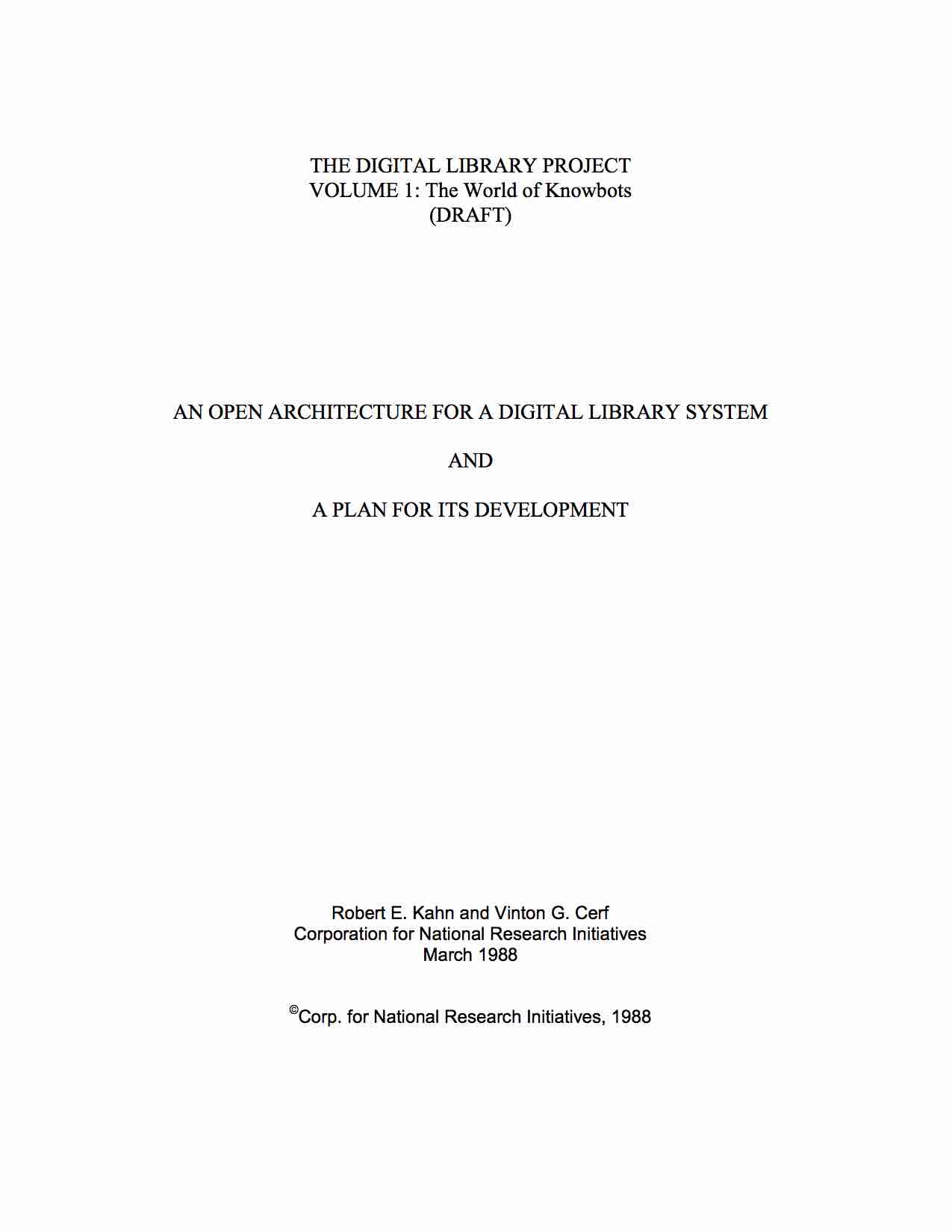
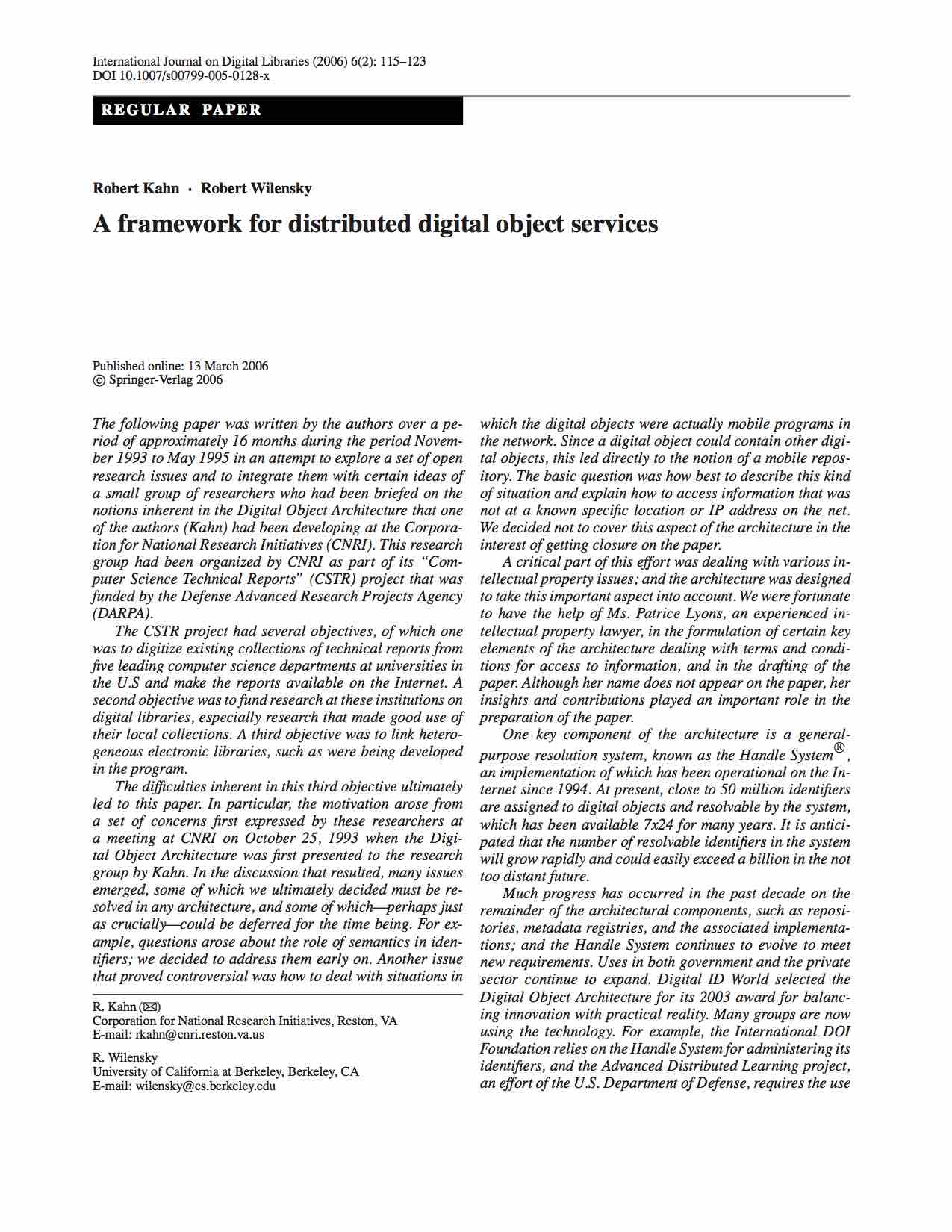
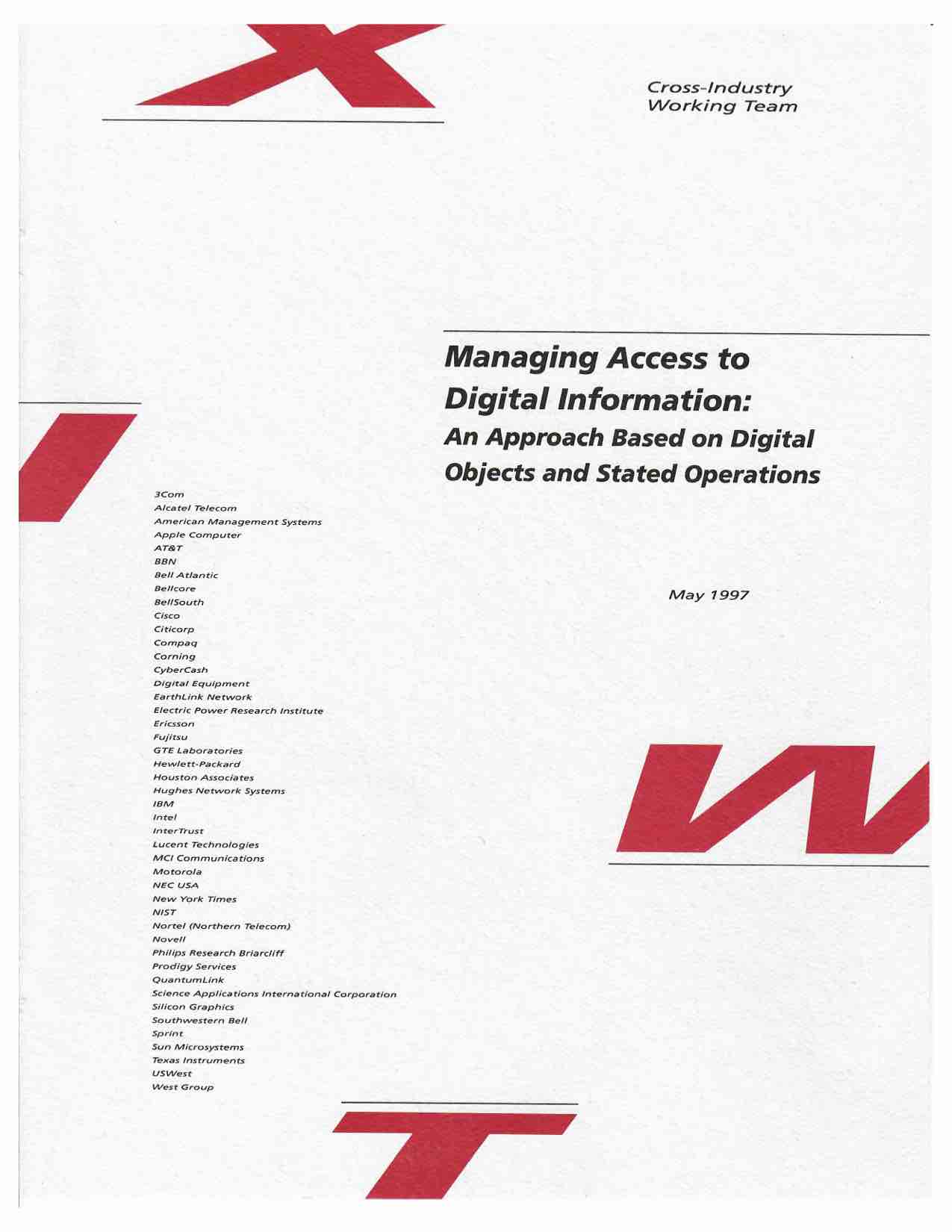
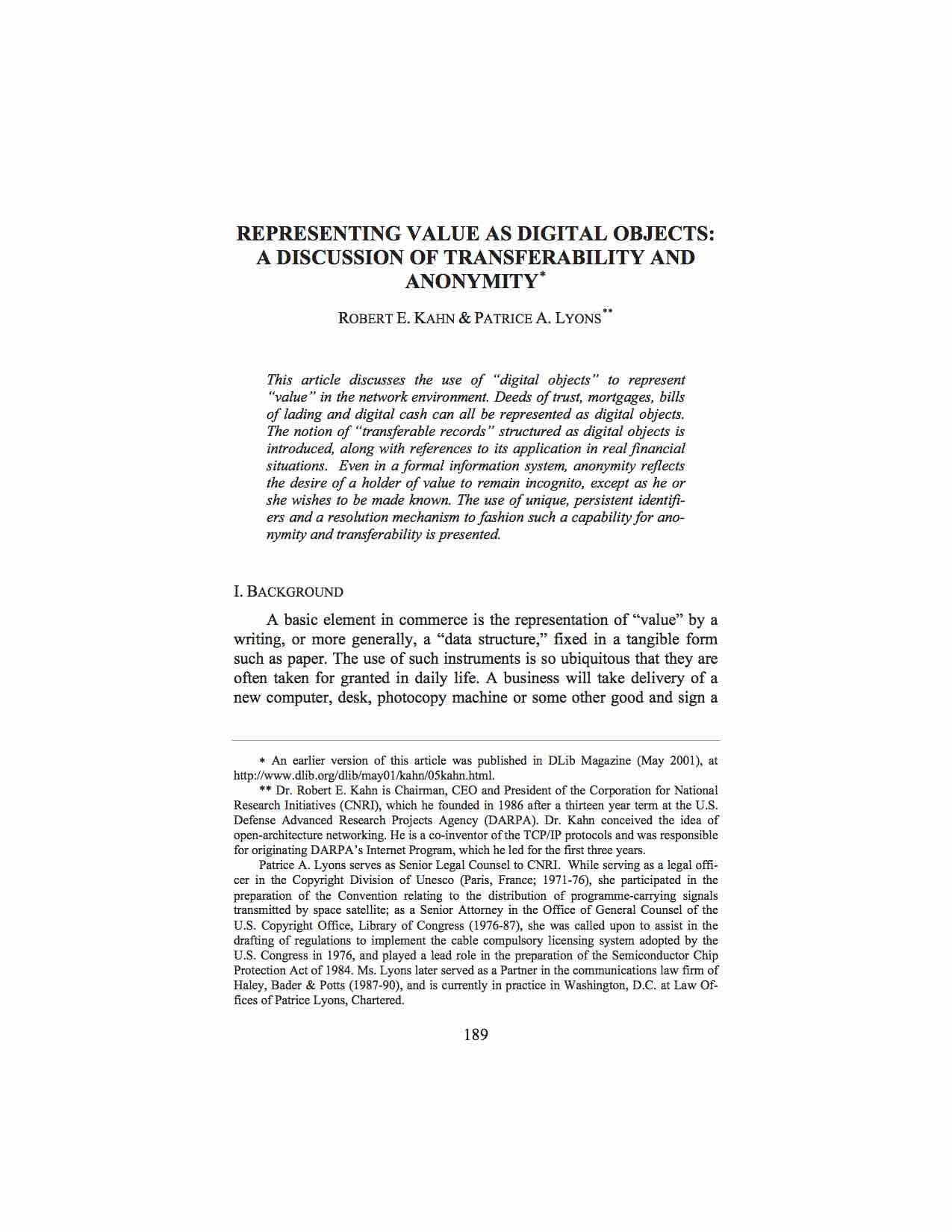
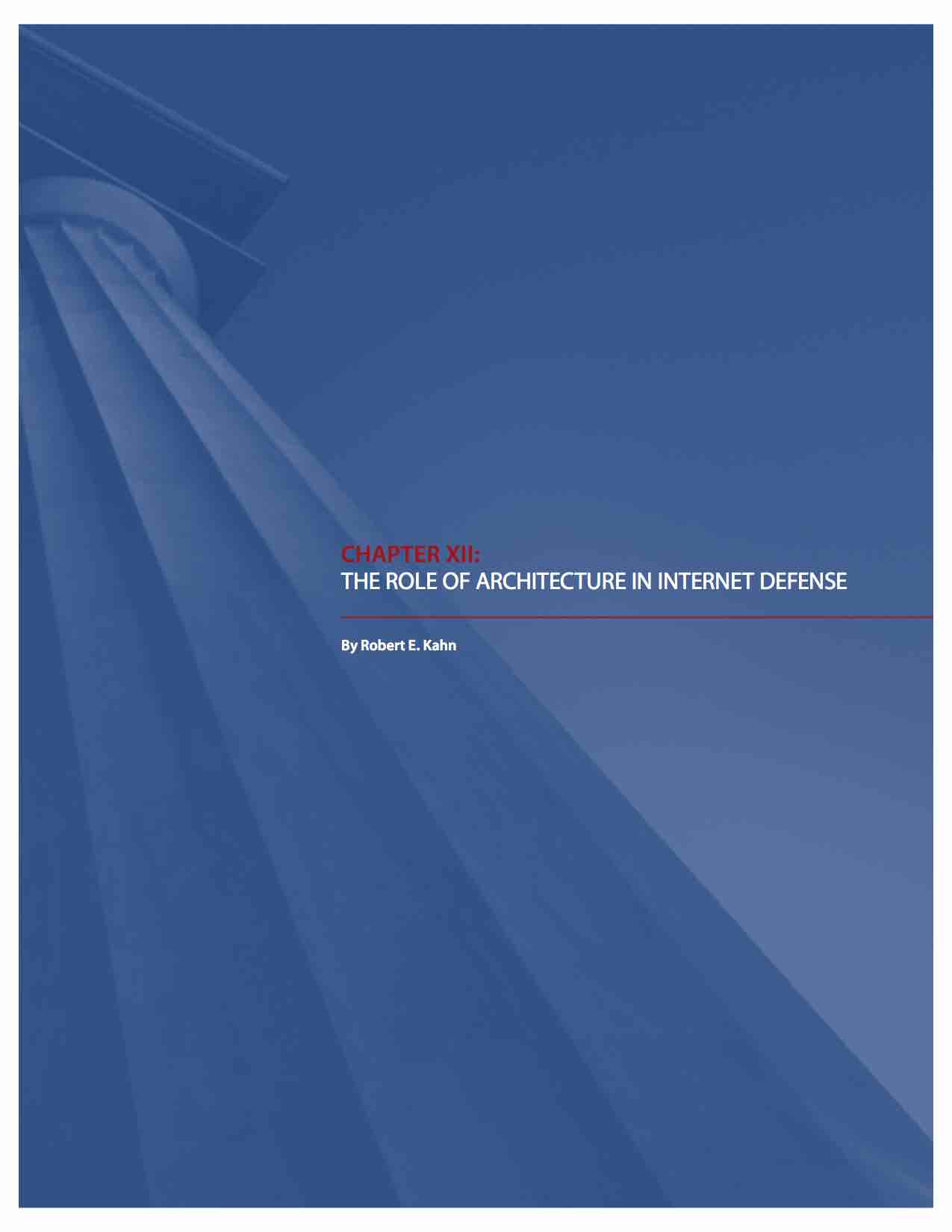
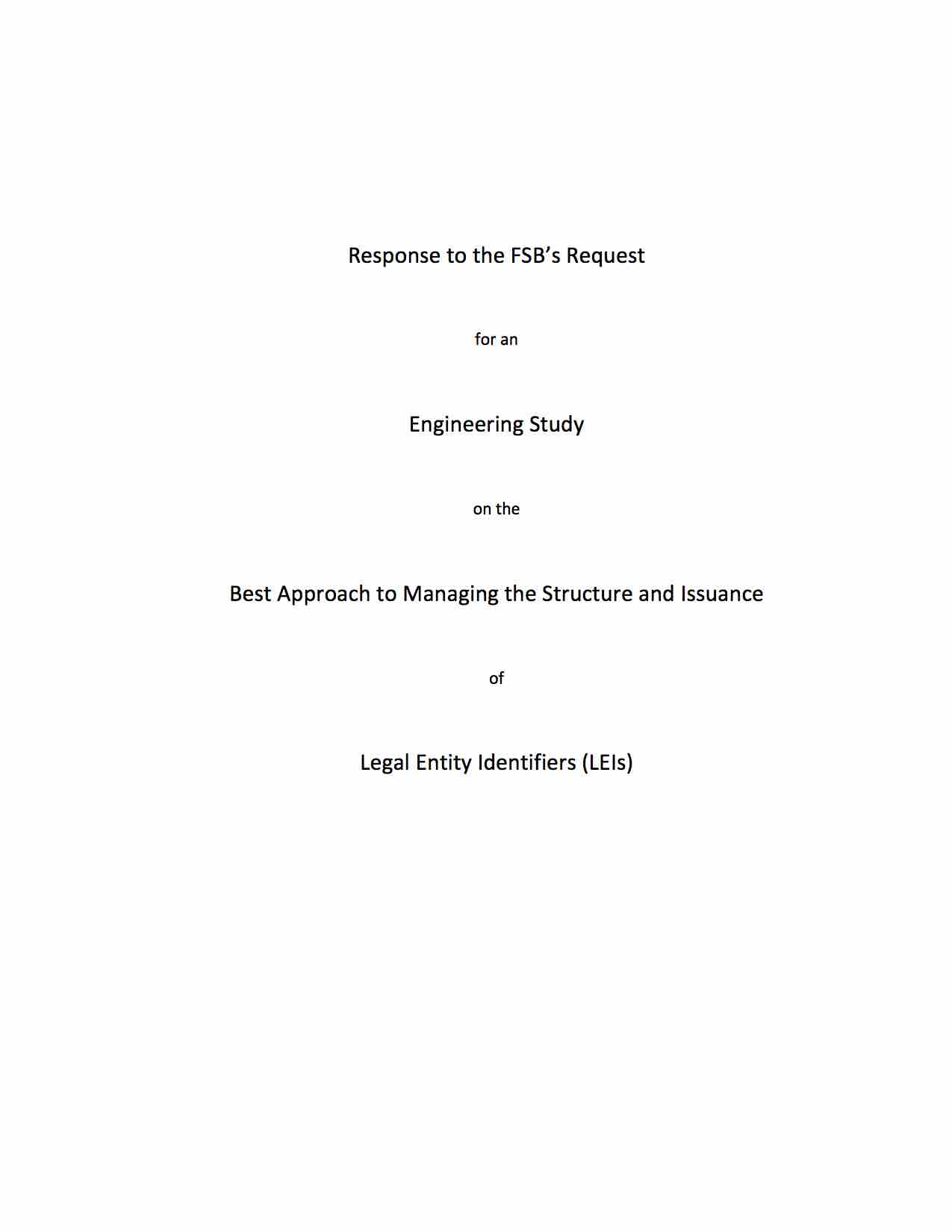
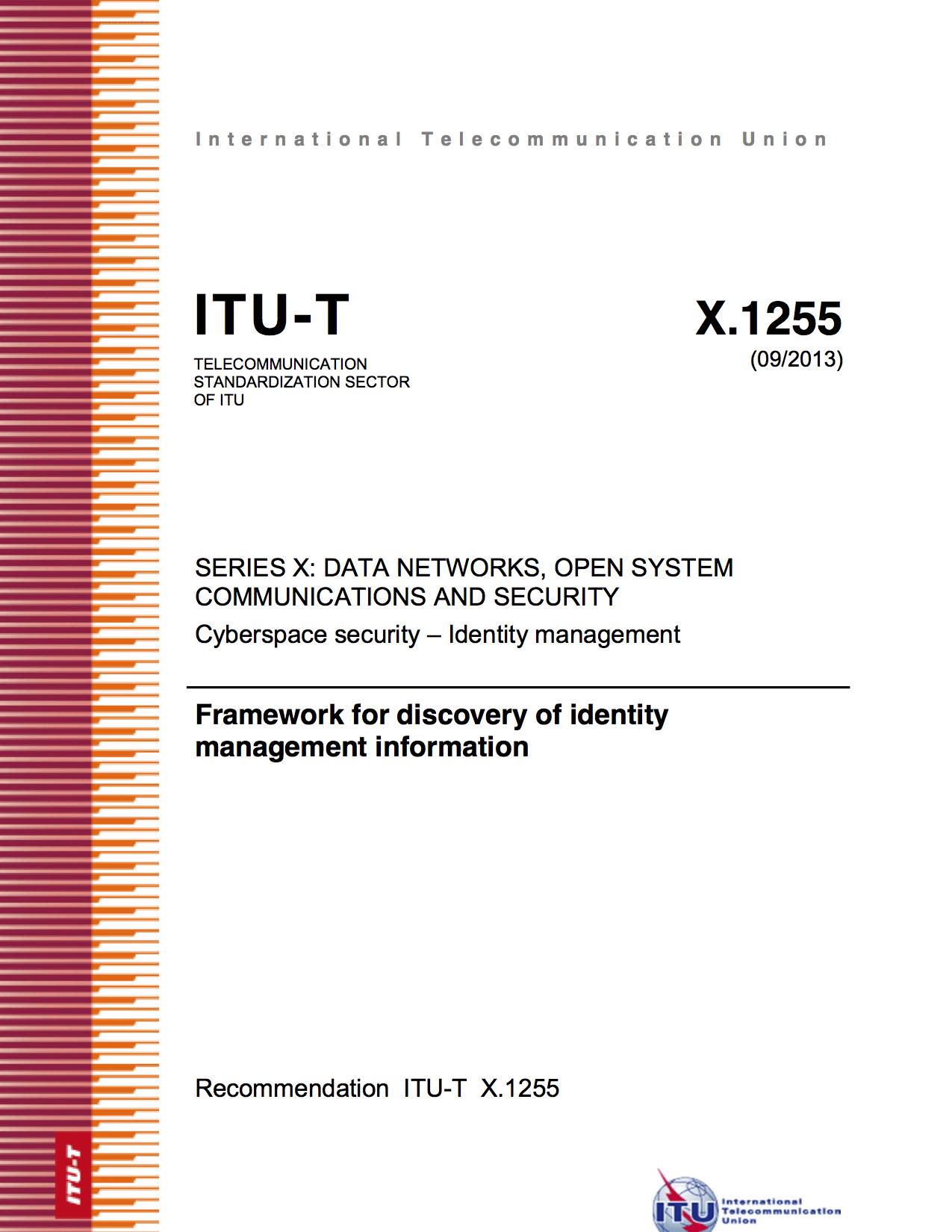
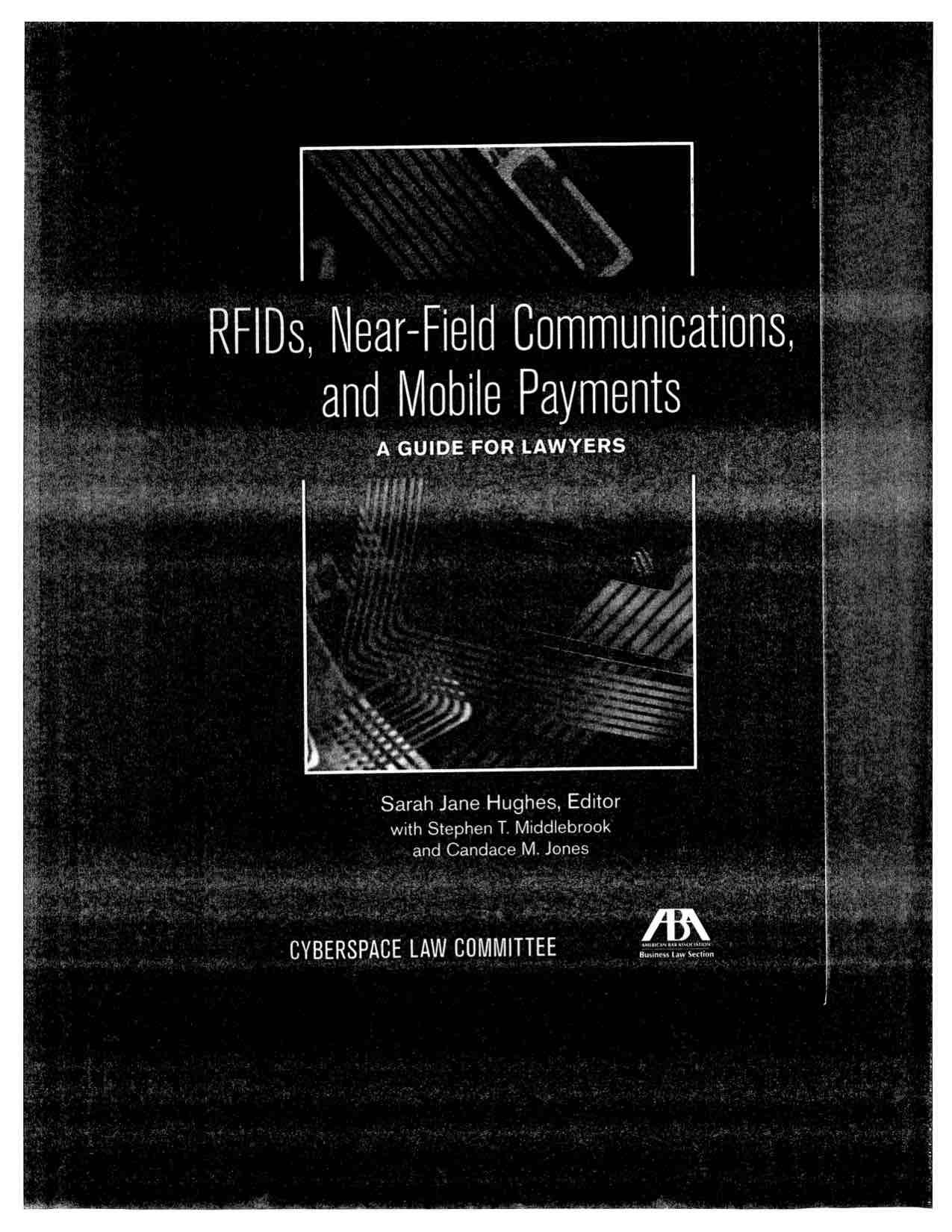
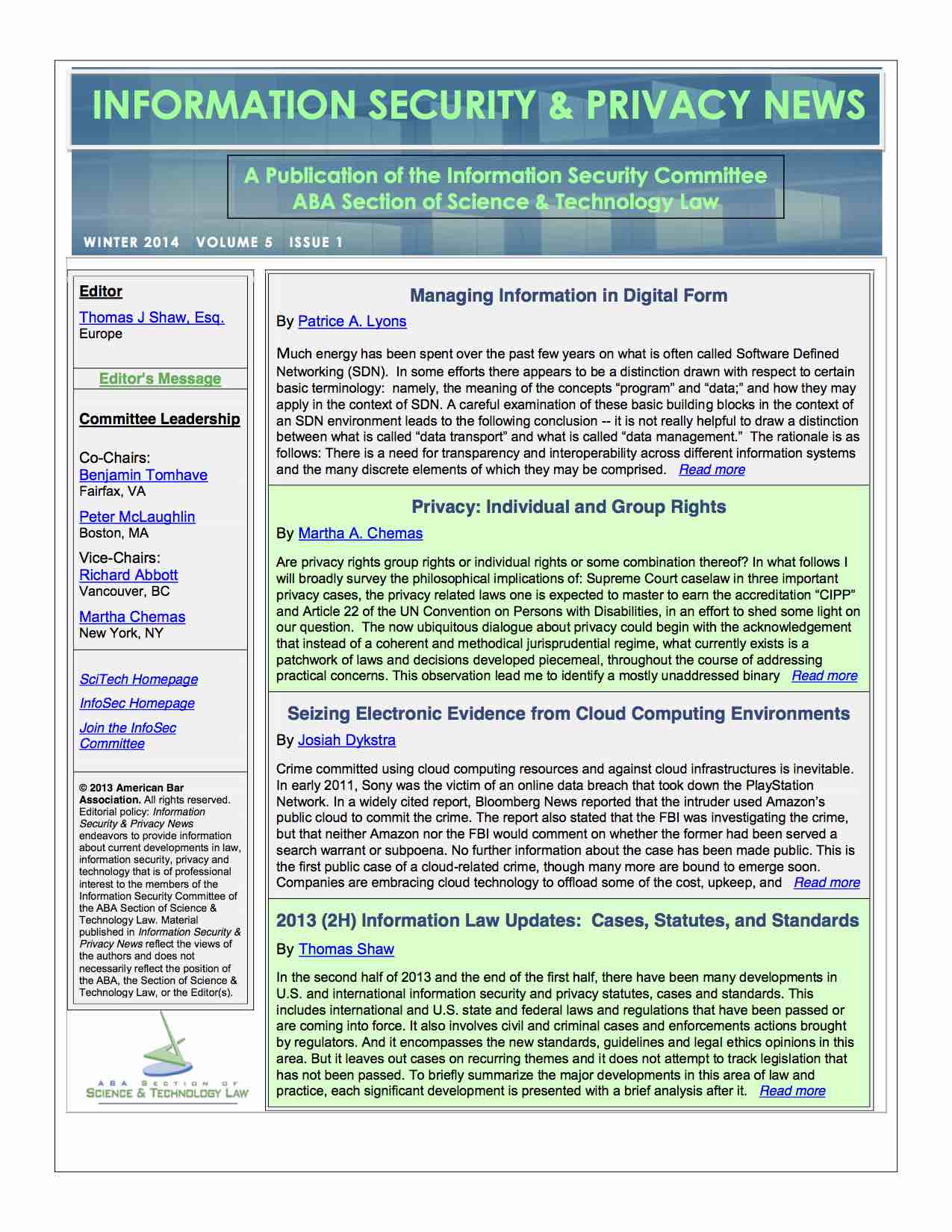
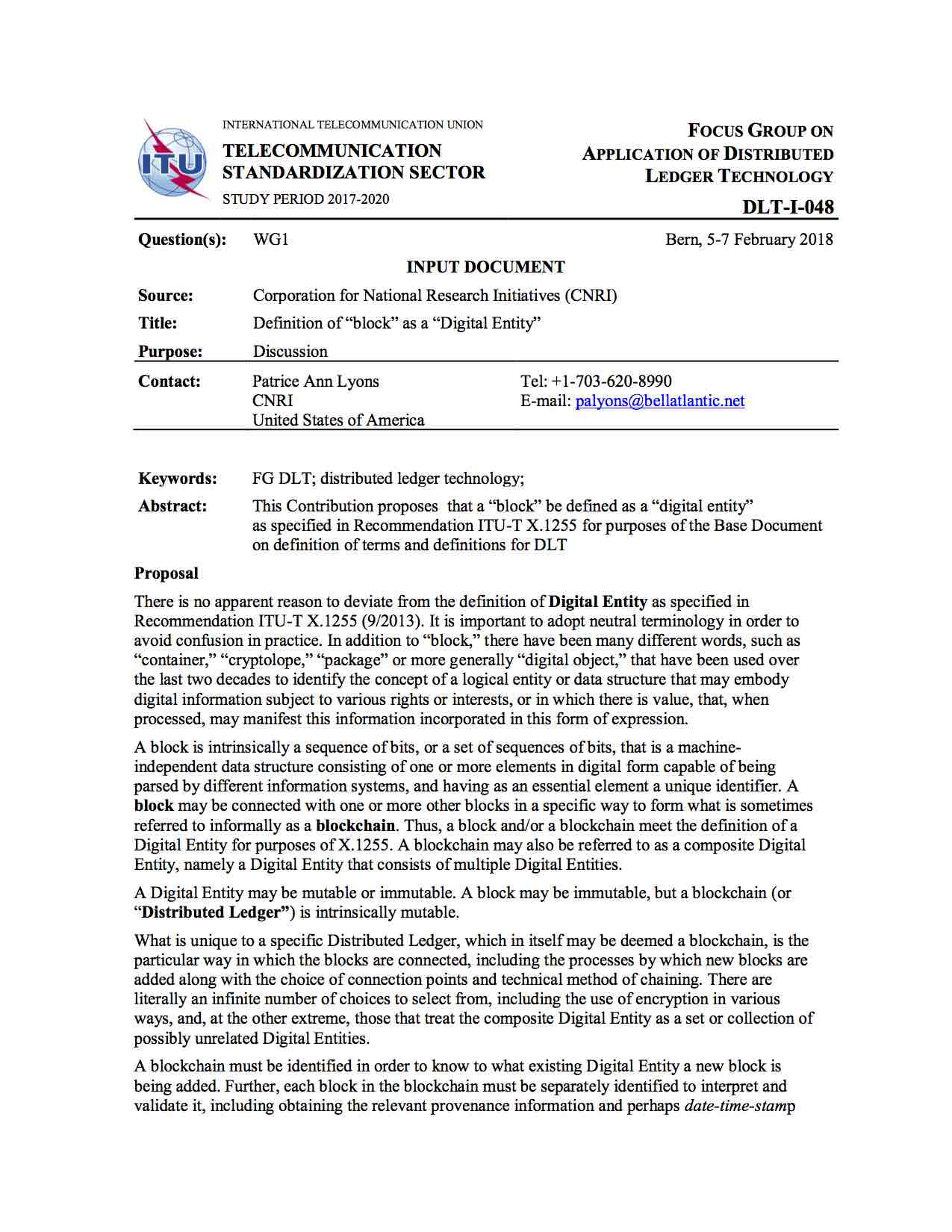
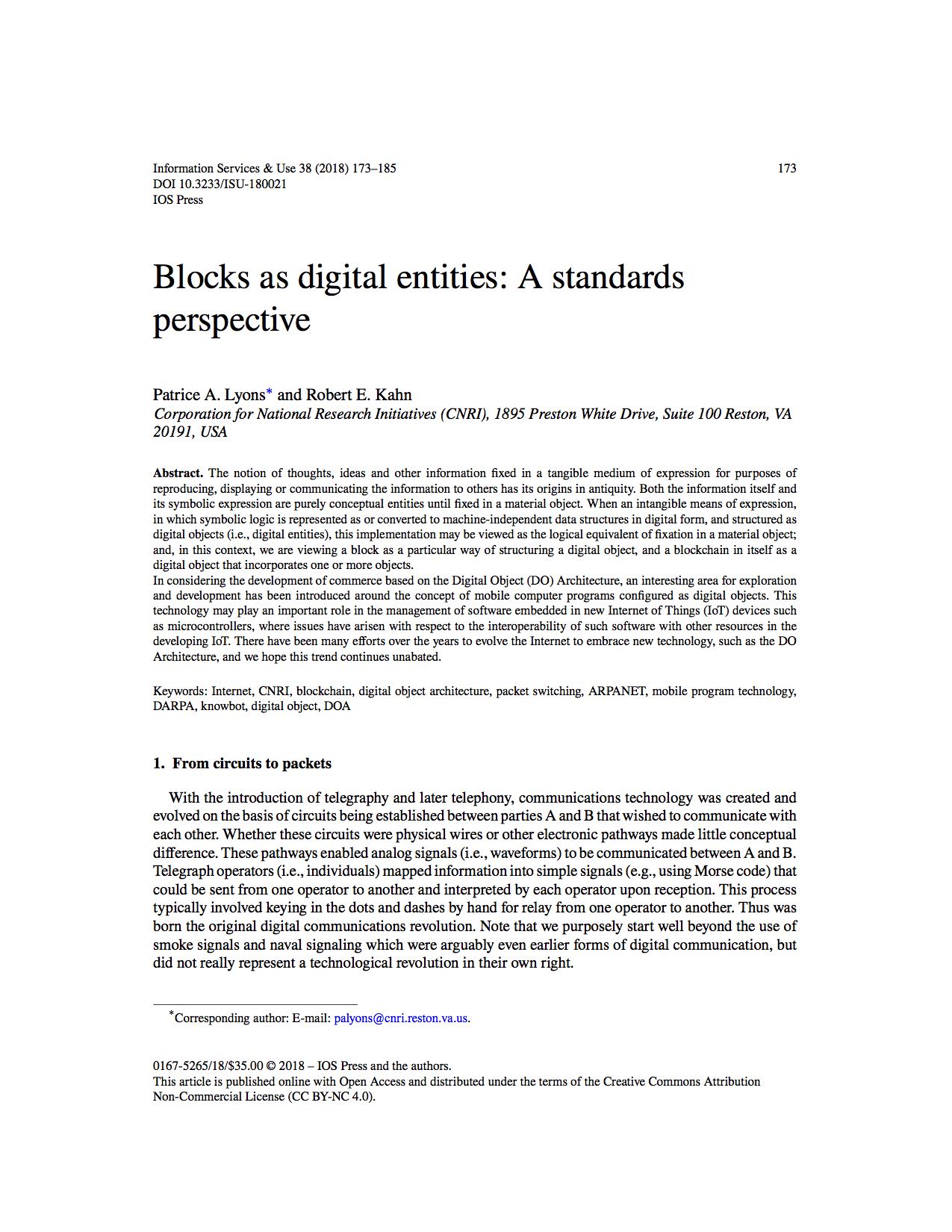
 The DONA Foundation
The DONA Foundation
